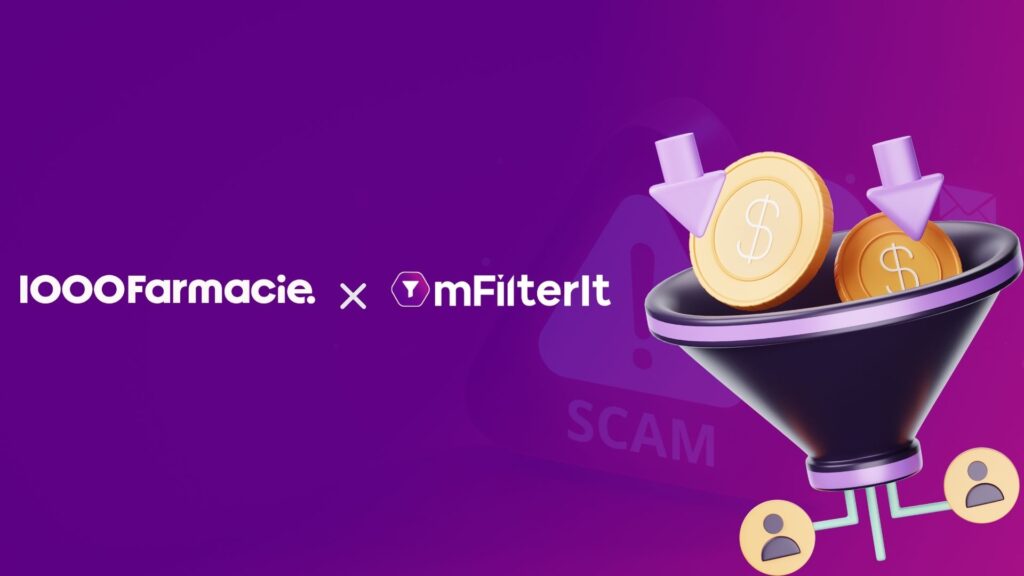The digital landscape is evolving rapidly and advertisers have the opportunity to tap the best out of it. It provides a wide scope to reach a vast set of audiences beyond boundaries. However, with the increased growth of digital, there are suspicious actors lurking in the shadows to dupe the advertisers.
This leads to the wastage of the advertising budget; these traffic sources lead to no conversion. Imagine a scenario where your brand is investing in a digital advertising campaign, targeting specific placements and audiences. You’re looking forward to reaching your ideal audience, but as the campaign progresses, something seems off. Your ads, displayed in a tiny 0x0 ad size, repeatedly appear on the same IP address, offering no real marketing value and depleting your budget.
Table of Contents
ToggleA Real Case
This is a classic example of digital marketing fraud, where rogue actors manipulate ad impressions to their advantage, leaving advertisers with empty pockets and minimal exposure.
We have recently detected some of this unusual activity in one of our real estate partners, where some of the BOT-driven IPs showing ads in 0*0 pixels in the same root domains.
How Fake Impressions Impact the Business?
-
Ad Budget Wastage:
Every 1000 impressions has a cost attached to it. Fraudsters leverage various methods to manipulate impressions. Fraudulent publishers push their inventories in programmatic advertising using methods like domain spoofing and generating AI content to create a website to host advertisements. These inventories generate a number of visitors, but they are low quality and lead to a waste of ad spending.
-
Zero Marketing Impact:
These fake impressions do not contribute to brand visibility or customer engagement, resulting in a futile marketing effort. The intended audience never sees these ads and the traffic sources interacting with the ads are often low-quality and don’t result in any gain.
-
Brand Damage:
Ineffective ad campaigns can erode consumer trust and damage your brand’s reputation. Apart from this, in programmatic advertising, ads also appear beside unsafe content which further damages the trust of the consumers in the brand.
Way Forward
The battle against digital marketing fraud is ongoing, but strategies like Real-time Monitoring, Set Frequency Caps, Data Analysis, and Geographic Targeting are some of the strategies you can employ to minimize its impact.
Digital marketing is a powerful tool for reaching your target audience, but it’s not without its challenges. However, with vigilance, the right tools, and a strategic approach, you can protect your campaigns from these fake impressions and ensure your advertising dollars are spent effectively. This is where mFilterIt comes in, which is a segment-first ad fraud detection software company that empowers advertisers with transparent data and clean traffic by detecting invalid sources and actively blacklisting the IPs & placements to ensure every impression, click & visit should be a step toward your marketing goals, not a ghostly drain on your budget.
Stay informed, stay vigilant, and keep your brand safe from the shadows of digital marketing fraud.








